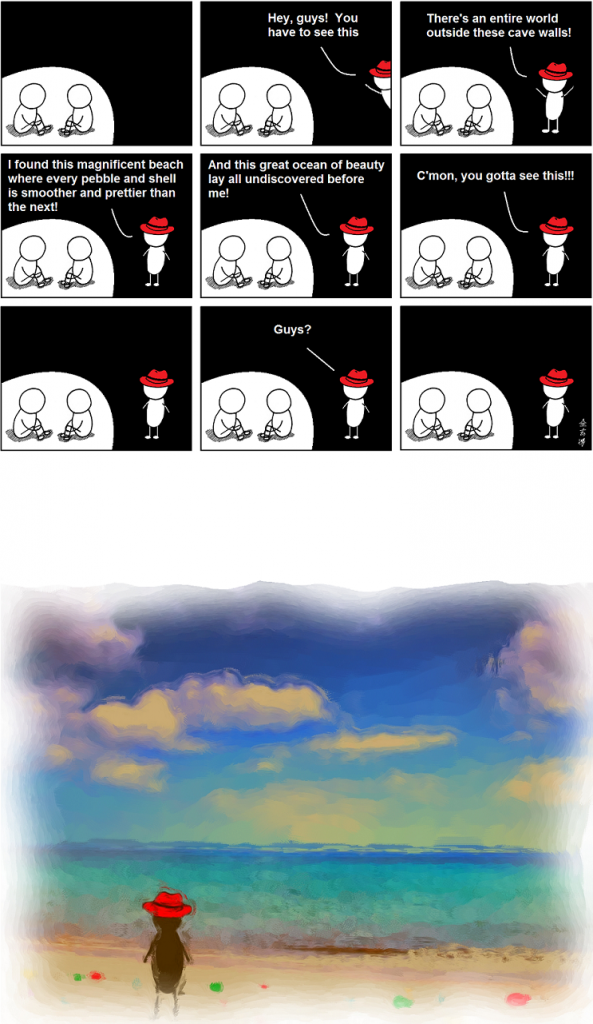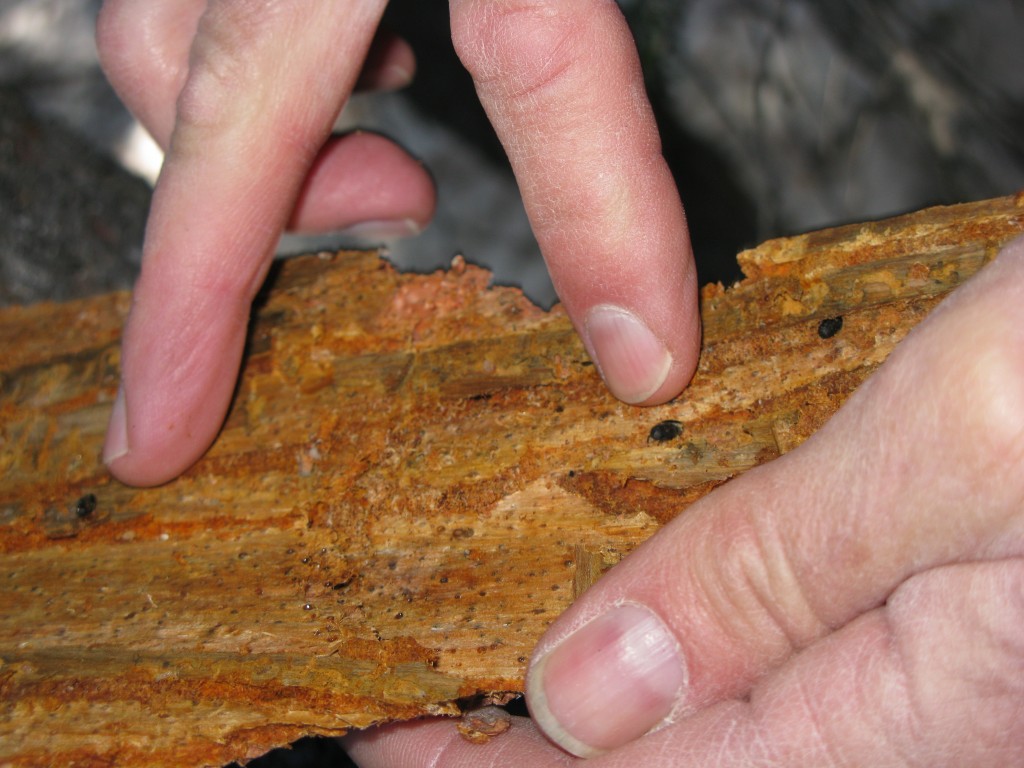 When my husband and I moved to a suburb of Vancouver eleven years ago, many of our friends ribbed us wildly about our decision. Instead of living in a leafy urban neighborhood, a short walk from a good cappuccino, an organic fruit and veg store, and a pilates studio, we had, it seemed, forsaken civilization and migrated to the far barrens of Carland. Our friends could barely place our neighborhood on their mental maps, although it was a mere 20 minutes on the Skytrain–Vancouver’s rapid transit system–from where they lived. Others got hopelessly lost when they tried to drive here, even though the route was relatively straightforward, simple and entirely lacking in freeways. It was as if we had fallen off the edge of the known world.
When my husband and I moved to a suburb of Vancouver eleven years ago, many of our friends ribbed us wildly about our decision. Instead of living in a leafy urban neighborhood, a short walk from a good cappuccino, an organic fruit and veg store, and a pilates studio, we had, it seemed, forsaken civilization and migrated to the far barrens of Carland. Our friends could barely place our neighborhood on their mental maps, although it was a mere 20 minutes on the Skytrain–Vancouver’s rapid transit system–from where they lived. Others got hopelessly lost when they tried to drive here, even though the route was relatively straightforward, simple and entirely lacking in freeways. It was as if we had fallen off the edge of the known world.
But in spite of all the jokes, I’ve grown to love this peaceful suburban life. It’s quiet here. The air is clean. And I love the way kids play ball hockey in some of our streets. So I was a little puzzled this week to read that some researchers now view the suburbs as “sick zones” that promote diabetes and as “obesogenic environments” that actively encourage many North Americans to forego exercise and pack on the pounds. Continue reading







